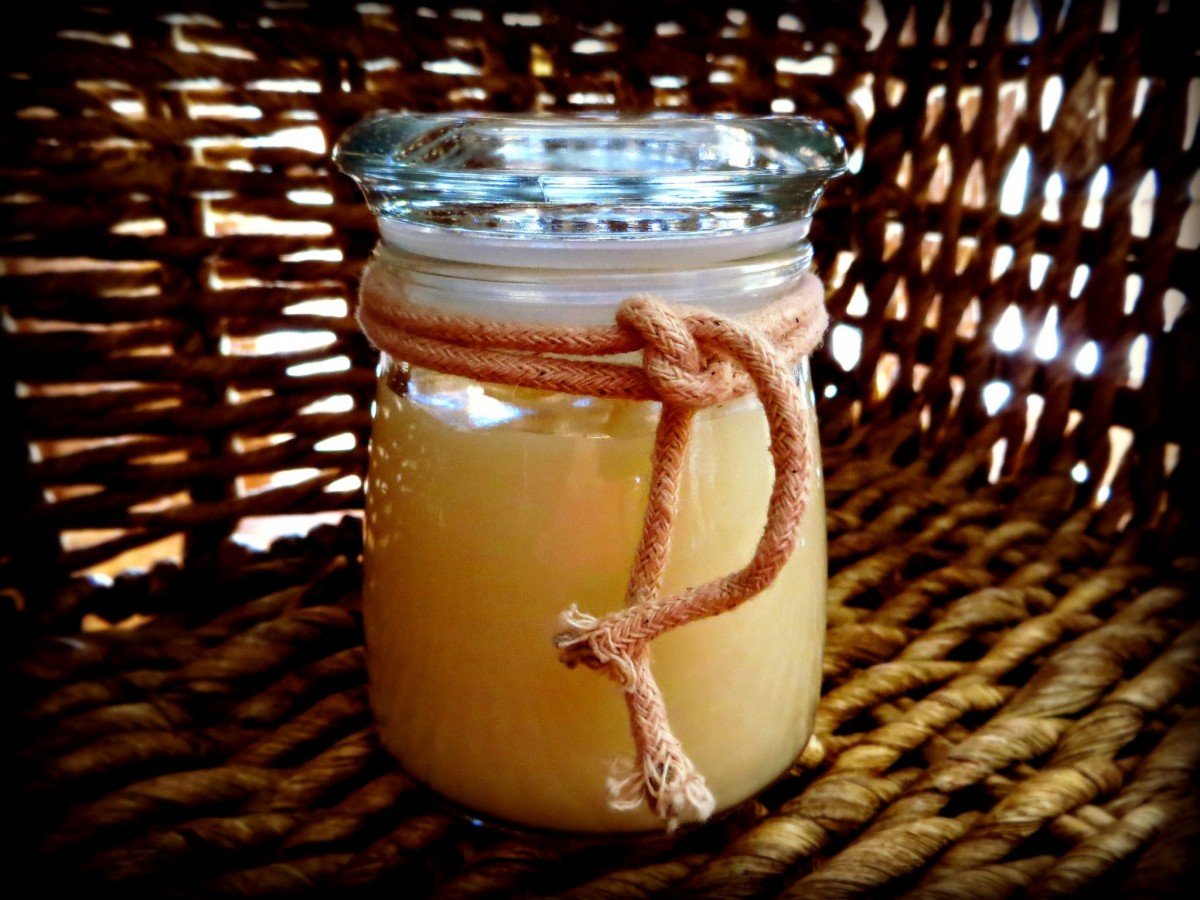
One of the best things about the warmer months of spring and summer is the pull toward the outdoors.
Working in the garden.
Parties on the lawn.
Sitting on the patio/deck in the evening.
Swimming in the pool.
Grilling with friends.
If you’re like me…I love spending as much time outdoors as possible!
But what I don’t like…biting insects…particularly mosquitoes.
They can ruin a perfectly wonderful evening.
Making your own bug repellent — or using an all-natural, plant-based product — is an excellent solution. But I also love using citronella candles to keep the bugs away…not to mention the beautiful ambiance they provide is most definitely a bonus!
Essential oils of citronella is non-toxic and 100% plant-based…so forget your worries of environmental pollutants.
Citronella candles are very easy to make and with the following recipe I’ll teach you my method.
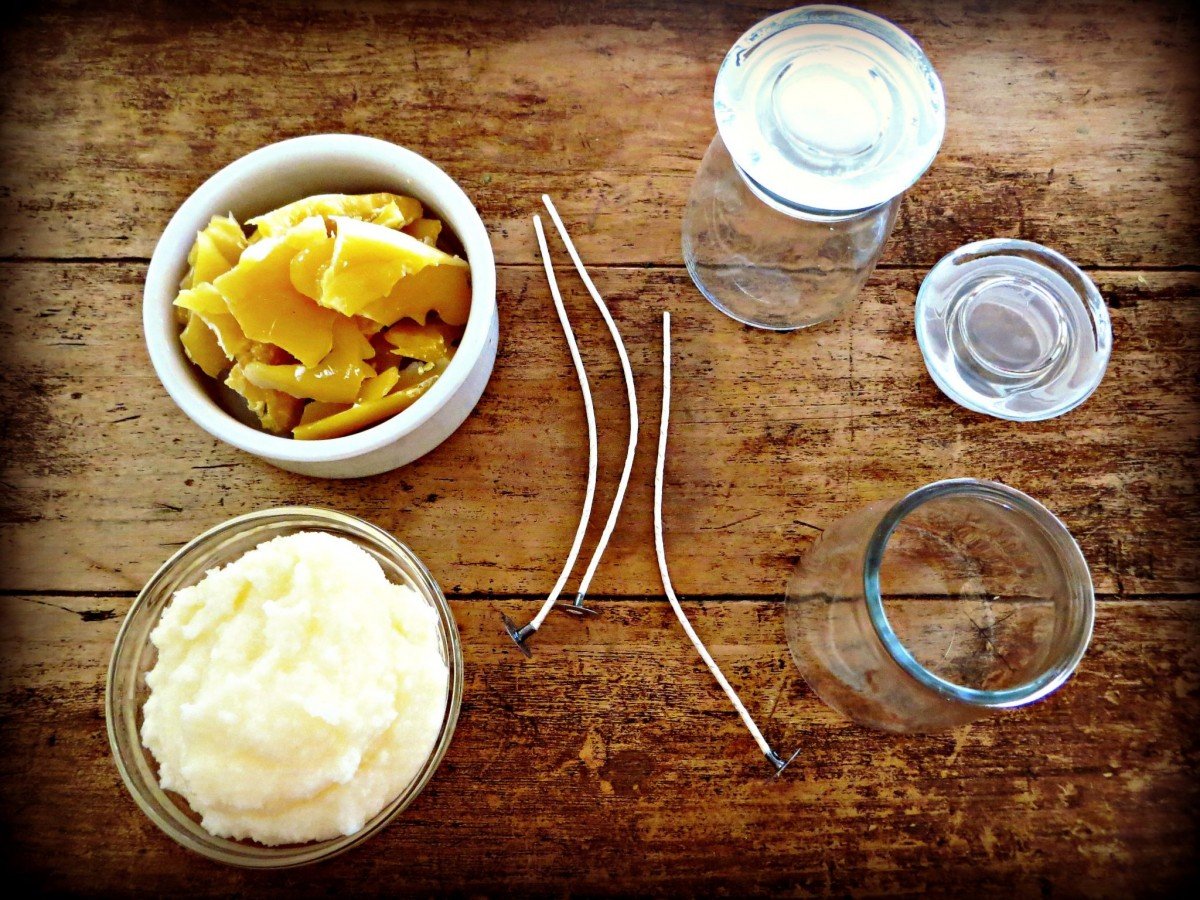


Candle Making Basics
My journey into candle-making began years ago.
I started with the best commercially prepared ingredients I could find locally — then quickly began asking myself things like: “I wonder how people did this before these synthetic ingredients were available?” and “What happens if these supplies are no longer available to me?”
And as usual…my questions led me searching for the vintage, home-based, more sustainable solution.
I researched the ways and asked the older generations.
Tallow.
Beeswax.
Those two ingredients led me to my conclusion.
Tallow — rendered only from the fat of grass-fed cows — is fairly easy to make and when combined with beeswax from happy, healthy bees produces a very hard, slow-burning candle.
Note :: A word on tallow :: A study by USDA scientists found that raising cows on grass, instead of in factory farms and feedlots, produces fewer greenhouse-gas emissions and other pollutants. Cattle that is allowed to roam freely — eating lush grasses and fertilizing pastures — contributes to more grass production and storage of carbon. Which as a natural by-product…removes carbon dioxide from the air improving the quality of the soil while reducing the overall carbon footprint.
Likewise, supporting local grass-fed, pasture-raised meat farmers insures cattle that:
- are raised on grasses and forage reducing the need for fossil fueled equipment.
- do not have large concentrations of manure — as you would find in feedlots…reducing air and water pollution
- graze on grass without the need for harsh chemical herbicides and pesticides
- roam native pastures high in biodiversity…naturally preserving the homes to various species of birds and wildlife.
Read more here:
- USDA Finds in Favor of Grass-Fed Cows
- New Study Finds Grass-Fed Beef Reduces Carbon Footprint
- Sustainability and Grass-Fed Cattle
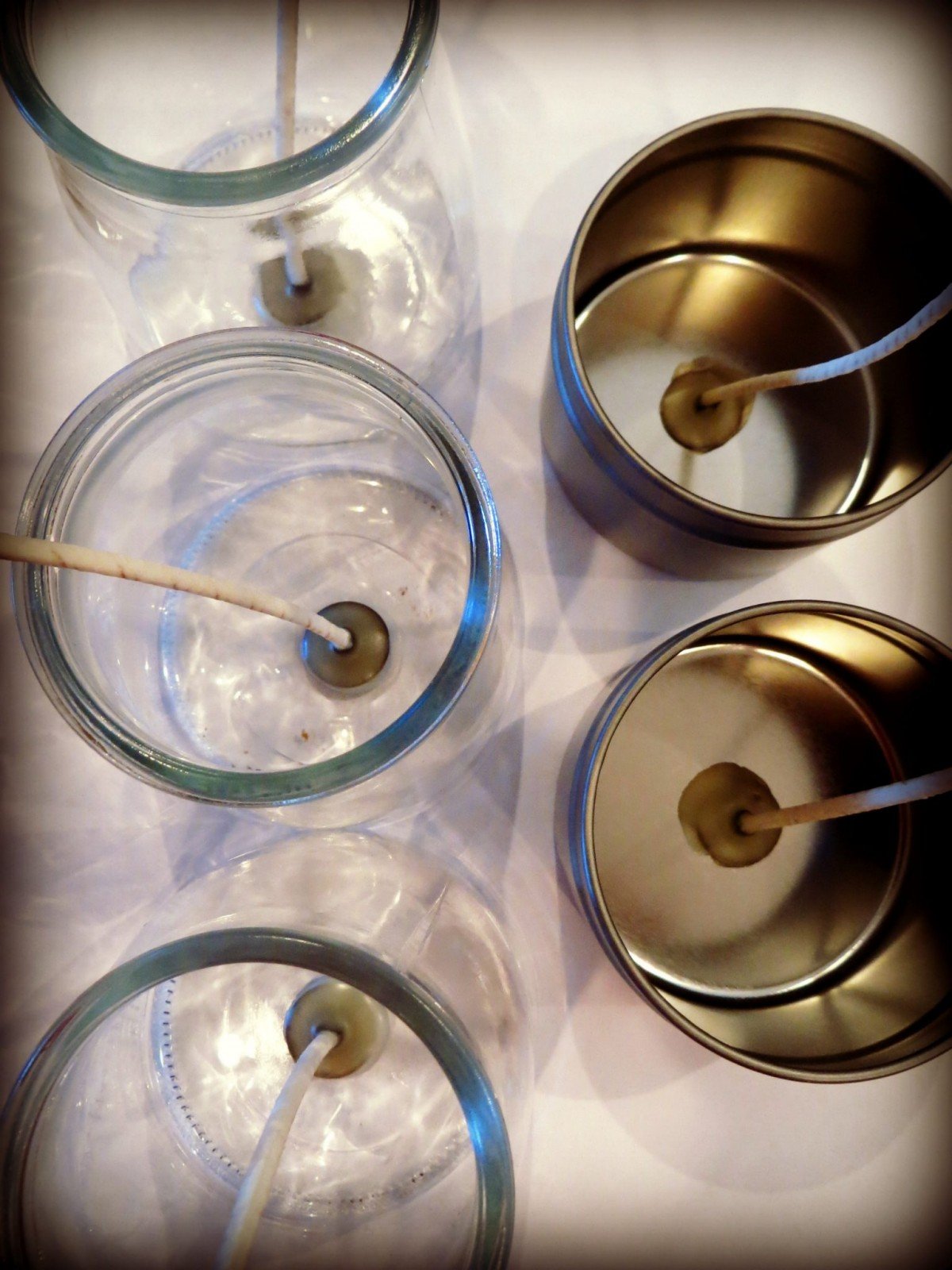
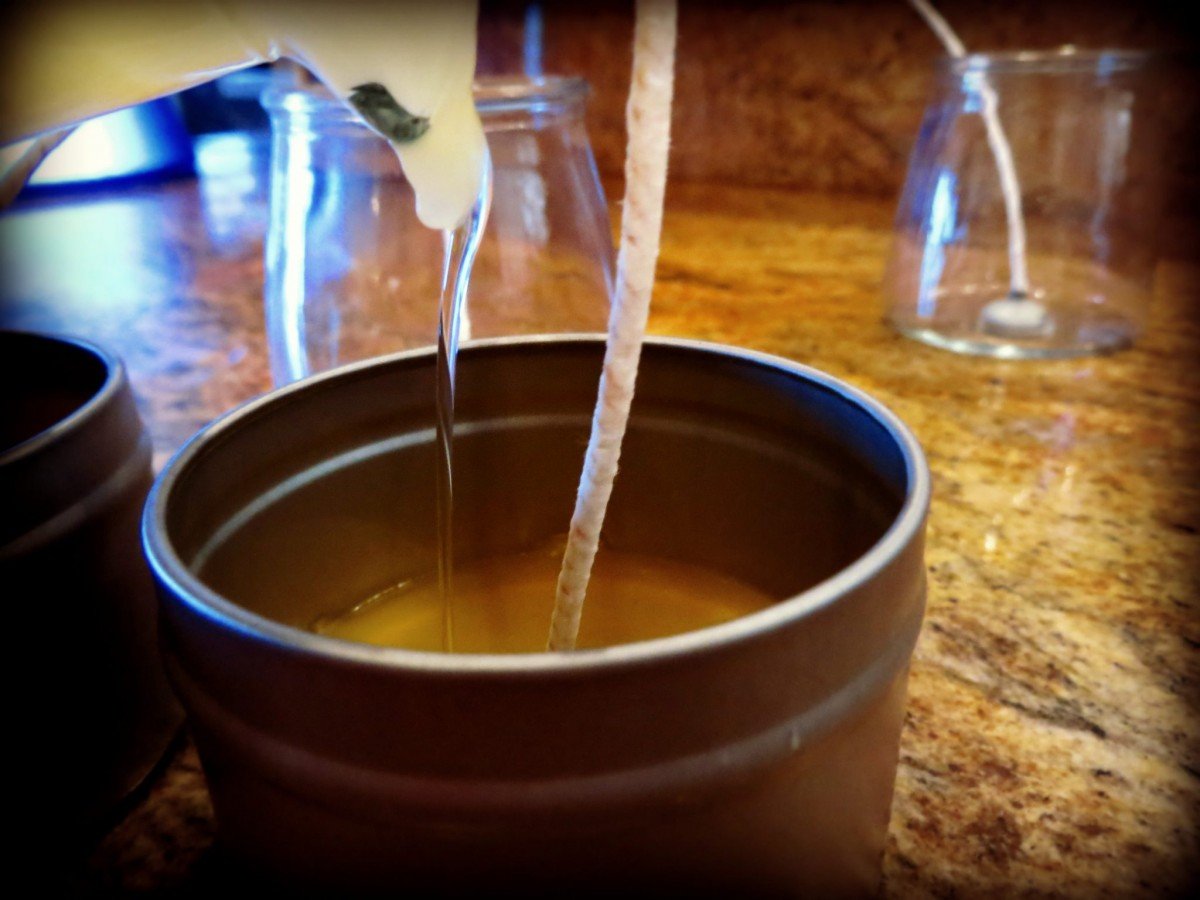
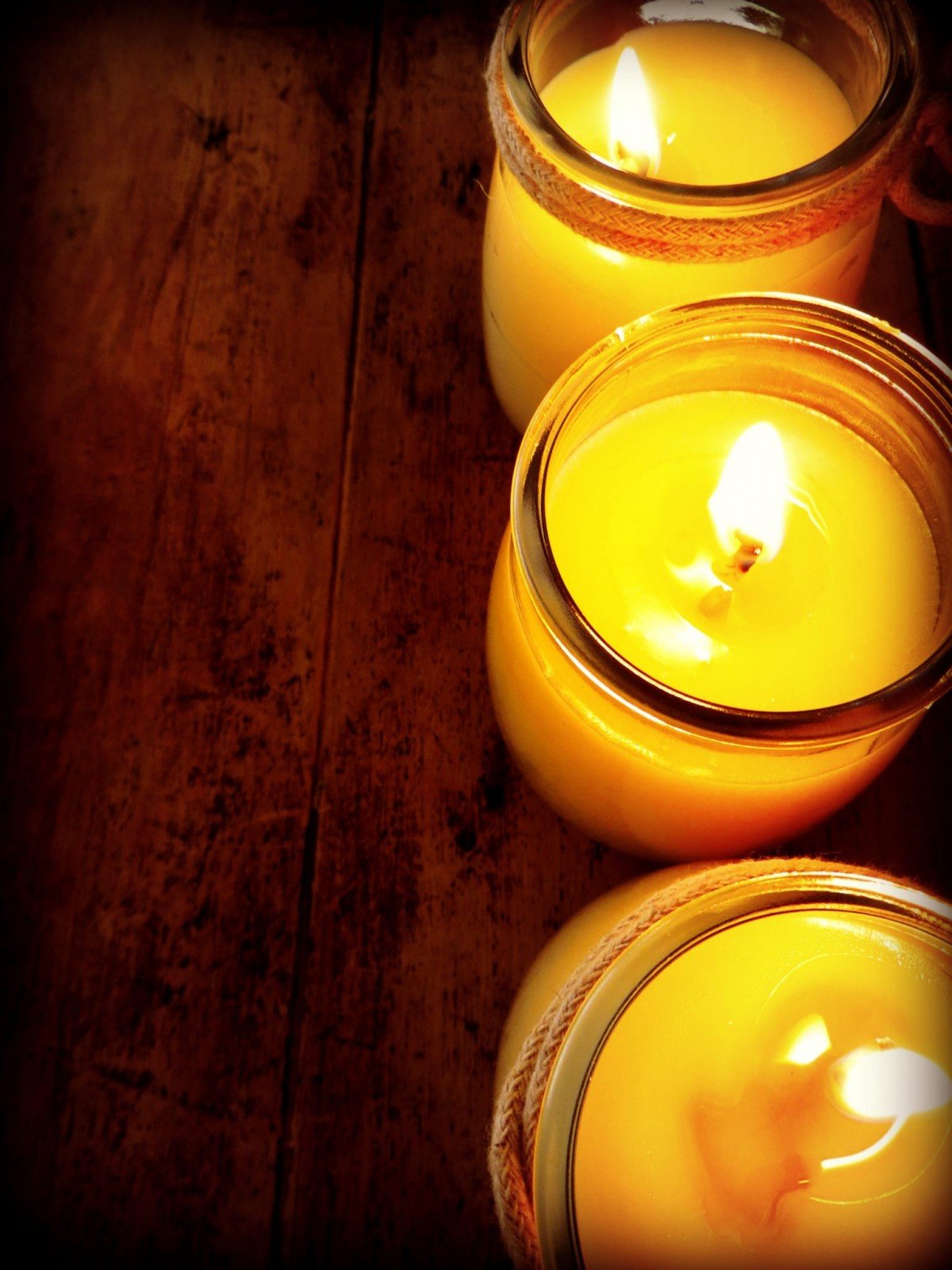
Tallow & Beeswax Citronella Candles
Ingredients
-1 lb tallow, from grass-fed beef
-2 ounces raw beeswax
-0.5-1.5 ounces essential oil blend of citronella, eucalyptus, lemongrass, lemon, and cedarwood
Method
- In a small pot — or double boiler — over low heat, melt the tallow and beeswax until both are liquid form.
- Remove from heat allow to cool slightly, but don’t allow to harden.
- While wax is cooling, prepare your candle jar by securing the wick in the center of the jar. I do this by dipping the metal end of the wick into the liquid wax and then immediately placing it in the center of the jar…holding it steady until the wax has hardened. Note: Any glass container will do. This is a great opportunity to reuse baby food jars, older glass mason jars, even reusable tea light tins will work for this project! I get my wicks here…they are super affordable and such a wonderful company.
- Once cooled, add essential oil blend to wax. Stir well to combine.
- Hand-pour mixture into jars.
- Allow to cool and harden complete prior to use.
- Cut wick to appropriate height.
- Light.
- Enjoy your bug-free evening!
Where Can I Get This Stuff
-Mountain Rose Herbs…they have everything (essential oils and the cute little tins) you’ll need for this project! It’s your one-stop-shop!
–Brambleberry has a wonderful selection of candle-making supplies.
–The Bulk Herb Store also carries many of these ingredients if you’d like to price check.
-Search www.LocalHarvest.org for a local grass-fed, pastured meats farmer in your area. Call them up and ask for suet or tallow…then get to renderin’
-If you’re local to Arizona, I get all of my pastured meats and tallow from Chiricahua Pasture Raised Meats. They deliver in the Phoenix, Tucson, and Flagstaff areas every 4-6 weeks. Check them out and tell Josh I sent you!
Ever tried to make your own candles? How did it turn out?

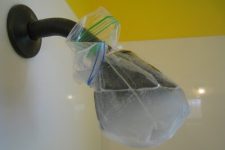
Thanks for this info. My tallow JUST arrived today from http://www.fatworks.com Can’t wait to try this!
Have fun 🙂 I felt like I was connecting with the generations before me making these candles! It’s so fun to imagine their methods and how their traditions are now being revived by us. Enjoy!
i have some local beeswax and some local lard (from pigs). would lard work?
Yeah, same here. I have some local lard as well and wondering if I could use that in place of the tallow.
Absolutely! You may have to test the lard/beeswax ratio…lard can sometimes have a higher melting point…but yes! Lard was frequently used just like tallow for candle-making in days gone by!
If using local lard from pigs make sure you add some vitamin E to it. If you keep your candles over a period of time it will smell like pork and go rancid so break open a vitamin E capsule into it to help it stay the way you want it to smell. I learnt this when making soap using pig lard, man does it get rank…
Andrea thanks so much for posting the link to local harvest!! I have been happily looking at the site and finding all kinds of local farms that I didn ‘t even know that I had available to me! I the fiber lover in me was happy as a lark as I found yarn, rovings, raw fibers and batts. I am so happy that you posted it!
Aww! That’s so awesome! I do love searching Local Harvest! The site is really growing and it’s such a wonderful resource. It’s actually how I found my pastured meats farmer 🙂 Go nuts with it…it’s okay 😉
You always amaze me with your creativity and follow through on projects! Once again, thanks for the inspiration! This is added to my ever-growing to-do list 🙂 Hope you’re having a great week!
Thank you Bee Girl! These candles are now a stable on my kitchen island and boy have they really helped! My husband is so happy because we are just coming into fly season and with the chickens, goats, and hunting dogs…well you can imagine 🙂
Research says that catnip essential oil is even more effective at keeping mosquitoes at bay than citronella, and I personally think it smells better!
FYI – if you are using these candles during the day, lemongrass attracts bees so leave that out if you’re allergic to bee stings! Geranium essential oil is a good mosquito repellant and also doesn’t attract bees.
Those are great eo’s that you mention Daisy! I absolutely recommend that everyone amend the recipe to use materials you have on hand and those that you know have worked for you in the past! Catnip and geranium are AWESOME! I use catnip extract — that I handmade from wild catnip on a homestead near my home — in my bug repellent spray. And boy let me tell you, that stuff is seriously amazing!
Have fun with your creation 🙂
How do you determine the size of the wicks needed? Did you use equal parts of your essential oils in your blend?
Hi Jo! If you click over to BrambleBerry’s site and look at their wick selection it’s super informative…they give you a list of the best wicks for the size container you are using. In the pictures above I was using a 4 ounce tin with a diameter of approx. 3 inches…therefore I used the CD16 wicks. The burn is great and very even. But I absolutely suggest heading over there and checking things out 🙂 As for the essential oils…I have a ratio that I use, but even if you used citronella on it’s own you would end up with a WONDERFUL bug repellent candle 🙂
Thanks for your quick reply!
Am brand new at this, and am researching finding the ingredients but was wondering … I see the suggestion for catnip as well – umm NOT to sound stupid, but we have alot of wild cats in the neighborhood, would that attract them? was going to plant some but was worried about the same thing. We have 2 dogs, and the cats tease them just out of reach. Also, the recipe states ‘0.5-1.5 essential oil blend’ – meaning up to our own taste. If I used 1.5 – I’m assuming that would be good for outdoor candles. I am planning a party and want to be prepared! Thanks again for the recipe. You make it seem so easy!!
Yes, catnip essential oil will attract cats. Another really powerful anti-mosquito oil is neem (like catnip, it’s more effective than DEET or citronella) so you could try that, but be warned that not everyone will like the smell. When I make bug candles with neem, I make sure to include some other essential oils that smell good to help.
So…Are we talking 0.5-1.5 ounces of EOs? I really want to make these since mosquitoes are terrible this year! Need to know how much EOs I’ll need. 🙂 Thanks!
Hi. I really enjoy your site. When you wrote “.5-1.5 essential oil blend”, what is the unit of measure? Ounces? Teaspoons?
Thanks
How many baby food jar size candles do you estimate that this quantity of ingredients makes? Trying to decide if I should double the amount I purchase to make more or not.
Thank You for the candle information.
. I was just given 3 – 5 gallon pails of bees wax.. I need to melt them down and was planning on making dipped candles but I like this better .. definitely going to to make these..
All the Best
Here’s a question to make your day: not your usual tallow, I have a separate batches of rendered deer and black bear tallows. How would they fare?
I have some sensitive noses in my family so they have to be good smelling candles or…so much if they “bug off” the mosquitoes if my other family members won’t go near them either… sigh.
Hey Beth, this was a while ago so I don’t know how you will get it, but I am about to make candles with bear tallows and lamb tallows and was wondering if your candles worked out well with the tallow from other animals.
What is the liquid quantity of this receipe? I need to know about how many containers (based on size of container of course) will each batch fill.
I just found your website, but will definitely check it out from now on. thanks for the information. It’s great to find like minded people.
Awesome! Thank you Vicky!
Hi Andrea, I have some bear tallow that I rendered for soap making. I have some left and wanted to use it for a few candles. However, before I use it for soap it smells, but this disappears when mixed with the lye. I am wondering if the smell would go away in a candle or not? I don’t want to waste it since it is so hard to come by, so any help would be appreciated. Thanks!
My hubby has an objection to the soot that tallow candles put off. We have a little sheep, some regular (not grass-fed) beef, and a lot more deer tallow–about a gallon.
Do any of these put off less soot (for use inside) than others?
We’ve made bees wax candles, but want to use the tallow since the wax is more costly than using a by-product we’ve already paid for.
What is the average shelf life of one of these candles?